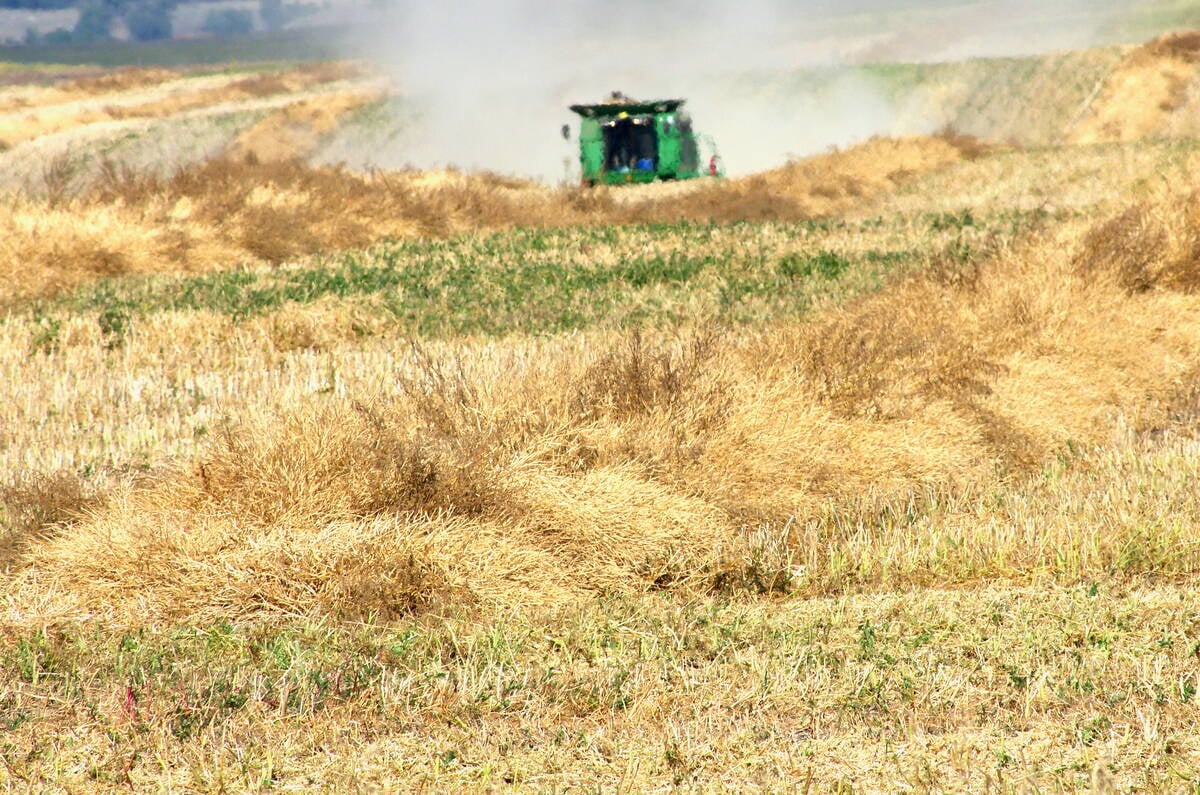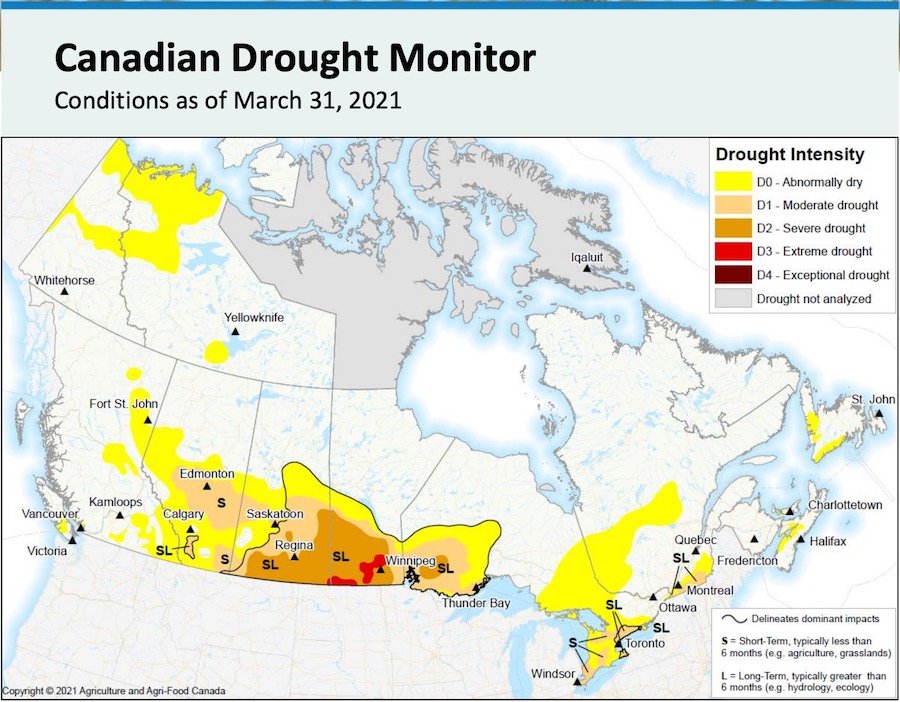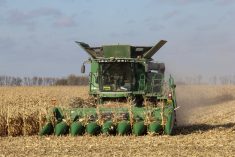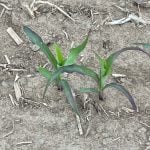MarketsFarm — A new nationwide drought map released by Agriculture and Agri-Food Canada’s Canadian Drought Monitor (CDM) shows just how dry conditions are in the Prairies, especially in Manitoba and Saskatchewan.
Areas in southern Manitoba and southern Saskatchewan have experienced at least six months of drought conditions, according to CDM’s drought assessment as of March 31 — and March did very little to provide any additional soil moisture.
“Approximately 47 per cent of the Prairie region was classified as (at least) Abnormally Dry (D0),” the assessment said, defining D0 as a dry-weather event happening once every three to five years. “This includes 93 per cent of the region’s agricultural landscape.”
Read Also

ICE Canada Weekly: Canola could climb higher through to spring
With harvest pressure on canola over, the Canadian oilseed could track higher until spring, said David Derwin, commodity futures advisor for Ventum Financial in Winnipeg, Man. Although he cautioned there will be some rough patches along the way.
One of the driest areas in the country is located in south-central Manitoba, including the communities of Selkirk, Gimli, Portage la Prairie, Carman and Morden. Another extremely dry pocket surrounds the southwestern Manitoba communities of Boissevain, Killarney and Melita as well as the area east of Carnduff, Sask.
Those pockets are considered to be experiencing Extreme Drought (D3), representing a drought event to occur once every 20 years or more.
“Snow water equivalents have been close to zero mm for many weeks throughout the winter, indicating a lack of moisture for spring melt. Furthermore, indicators suggest substantial dryness and a lack of moisture in the past five years in this area. The lowest possible standardized precipitation evapotranspiration index (SPEI) value was also reported across much of the region in the last 365 days,” the assessment added.
Most of western and southern Manitoba, as well as areas south of Regina and in southeastern Saskatchewan, are considered to be having Severe Drought (D2, once every 10 to 20 years).
Meanwhile, the far southeast corner of Manitoba, the rest of southern Saskatchewan (including Saskatoon) and a stretch in Alberta including Edmonton, Red Deer and Lloydminster are having Moderate Drought (D1, once every five to 10 years).
According to Agriculture and Agri-Food Canada, most of the southern parts of the Prairies have received 85 per cent or less precipitation than normal since Sept. 1, 2020. The Interlake and southwestern regions of Manitoba, as well as areas southeast of Edmonton, have received less than 40 per cent. In areas around Edmonton and in southern and eastern Saskatchewan, 40 to 60 per cent normal precipitation had fallen.
However, the news wasn’t all bad in central Alberta, according to the assessment.
“Although precipitation throughout the winter was significantly limited, the substantial moisture received throughout the 2020 growing season helped to buffer impacts from this winter’s lack of moisture. For this reason, although Edmonton reported its second driest March on record, drought surrounding the city remained relatively unchanged,” the assessment said.
— Adam Peleshaty reports for MarketsFarm from Stonewall, Man.

















